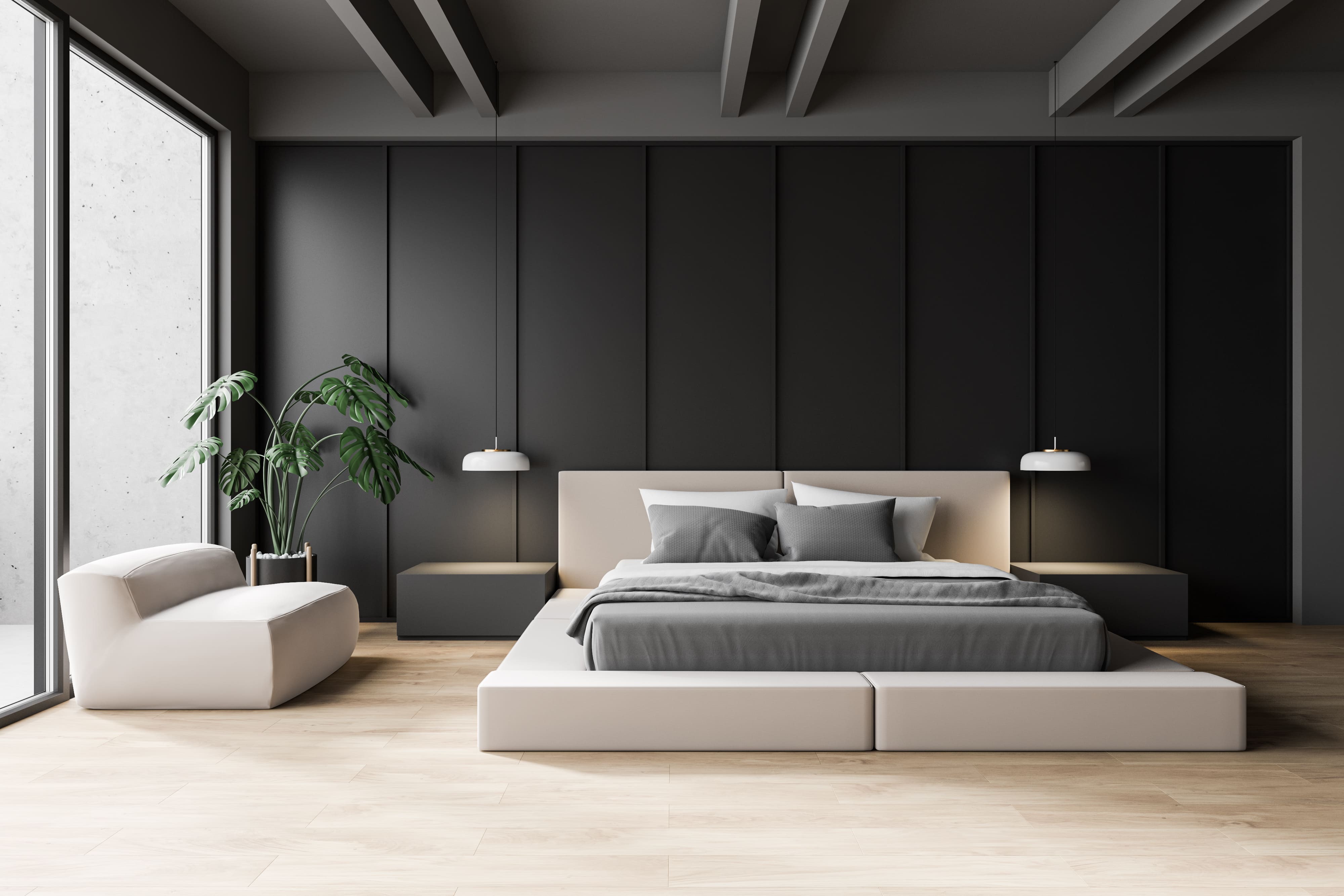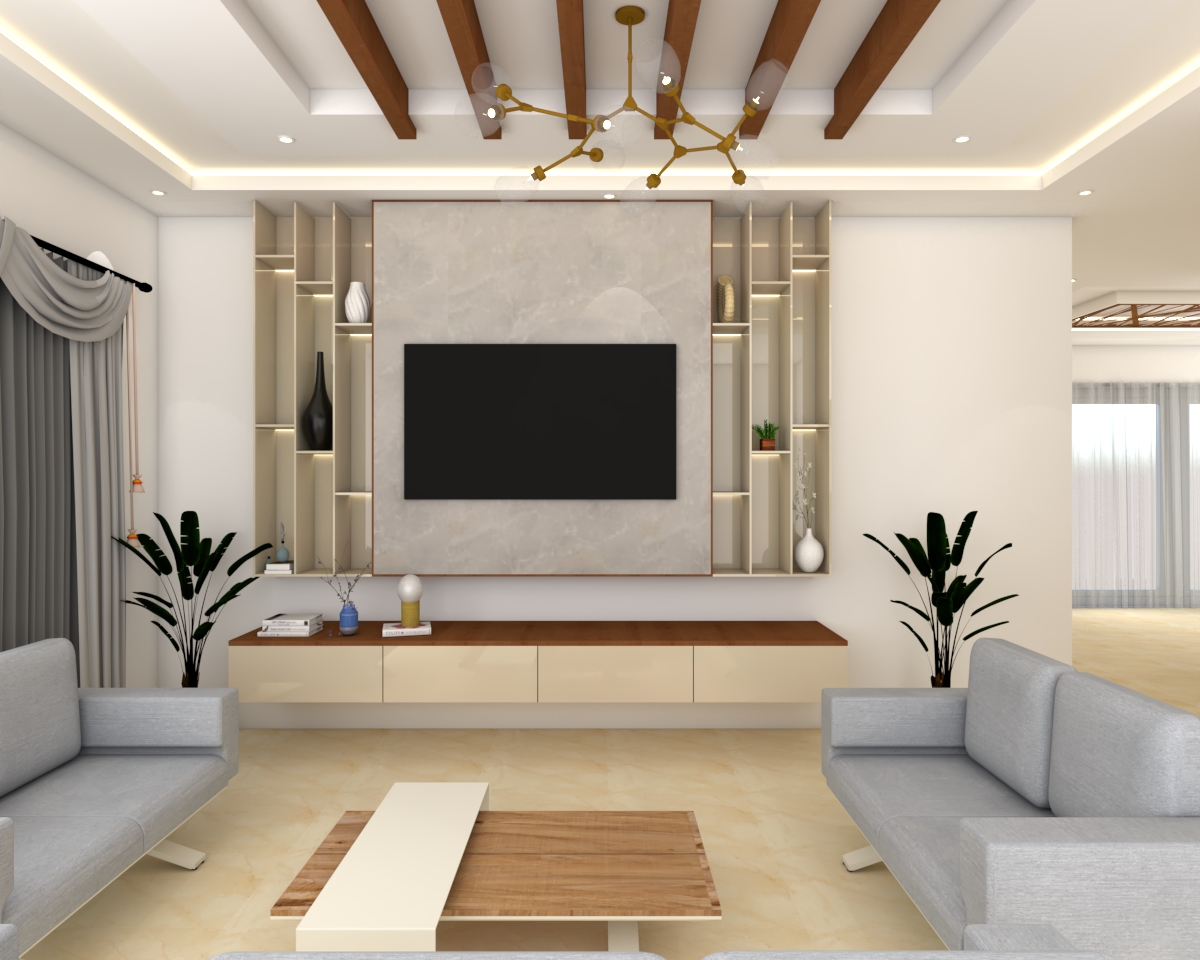What Are the current Fads in Interior Layout That Can Boost Your Home?
In the ever-evolving realm of interior layout, a merging of capability, sustainability, and personalization is shaping modern spaces (Interior designer Miami). Discovering these trends exposes exactly how they can change your home into a reflection of both individual preference and useful requirements, inviting a closer assessment of what truly raises a living space.
Sustainable Layout Practices
Sustainable layout methods have actually arised as a foundation of contemporary interior decoration, showing an expanding recognition of ecological effect. These methods prioritize using green products, energy-efficient systems, and waste reduction techniques, aiming to produce interiors that are not only cosmetically pleasing yet also environmentally responsible.
One secret element of lasting style is the selection of materials. Designers increasingly favor reclaimed wood, recycled metals, and low-VOC (unpredictable natural substances) paints, which decrease hazardous discharges and promote healthier indoor air top quality. Furthermore, the incorporation of all-natural light via strategic window placements minimizes dependence on man-made illumination, consequently preserving power.
Another important component is the application of efficient home heating, cooling, and water systems. Making use of wise technology can optimize power usage, while rainwater harvesting systems add to lasting water management. In addition, furnishings and decor are regularly sourced from regional artisans, better decreasing the carbon footprint connected with transportation.
Inevitably, sustainable layout techniques not just enhance the performance and durability of spaces yet also cultivate a deeper link to the environment (Interior design Miami). As customers become increasingly conscientious, these techniques will likely continue to form the future of interior layout, creating rooms that resonate with both beauty and sustainability
Vibrant Color Palettes
Vibrant shade combinations have come to be a defining fad in interior decoration, permitting areas to make striking declarations and mirror personal design. Using dynamic tones can change an otherwise normal room into an exciting environment. Designers are progressively embracing rich gem tones, saturated primaries, and unforeseen shade mixes to develop a feeling of drama and vibrancy.
Incorporating strong shades can be attained through different aspects, consisting of wall surfaces, furniture, and devices. As an example, an accent wall surface repainted in a deep emerald eco-friendly or a striking cobalt blue can function as a prime focus, while vivid upholstery or art work can instill power into the area. Layering various shades within the same color family adds deepness and passion, enhancing the general visual.

Furthermore, using contrasting shades can invigorate a room, accentuating building attributes and layout elements. This approach encourages house owners to express their uniqueness and accept creative thinking in their indoor spaces. As patterns progress, vibrant color combinations stand out as an effective methods of personal expression, allowing home owners to curate atmospheres that reverberate with their one-of-a-kind preferences and way of lives.
Maximalism Vs. Minimalism
Just how do individual preferences affect the recurring dispute between maximalism and minimalism in indoor style? Minimalism, characterized by tidy lines, neutral combinations, and functional home furnishings, charms to those looking for simplicity and tranquility.
Conversely, maximalism welcomes exuberance via vibrant shades, eclectic patterns, and a wealth of design. This style motivates personal narration, allowing house owners to showcase their one-of-a-kind collections and rate of interests. Maximalism welcomes imagination and self-expression, making it an attractive alternative for those who thrive on aesthetic stimulation and variety in their surroundings.
The discussion between maximalism and minimalism inevitably depends upon individual taste and way of living. While minimalism might resonate with those that choose a peaceful, organized area, maximalism interest individuals that commemorate uniqueness and splendor in layout. Comprehending one's choices can direct home owners in creating spaces that show their identifications while lining up with modern trends in interior decoration.
Multi-Functional Areas

The style of these spaces typically includes innovative furnishings remedies, such as sofa beds, extendable dining tables, and modular shelving, which can adjust to different features throughout the day. For instance, a living space can seamlessly shift right into a home office or a guest room, maximizing utility without compromising design.
Additionally, the integration of modern technology plays a pivotal role in boosting multi-functionality. Smart home gadgets can streamline operations, enabling home owners to control illumination, temperature, and even security with ease, thereby developing an extra versatile living setting.
In enhancement to usefulness, the visual allure of multi-functional rooms can be attained via thoughtful layout selections. Open up floor plans, cohesive color palettes, and calculated zoning with carpets or furniture can delineate areas while guaranteeing a harmonious flow. Ultimately, accepting multi-functional spaces not only maximizes living locations yet additionally improves the total home experience.
Biophilic Style Aspects
An enhancing variety of interior designers are including biophilic style components to cultivate a deeper connection in between indoor spaces and the all-natural atmosphere. This design ideology highlights the combination of nature into the built internet setting, advertising wellness and improving the aesthetic appeal of a space.
Key biophilic style aspects consist of useful site the usage of all-natural materials, such as bamboo, rock, and wood, which create a cozy and inviting ambience. Integrating greenery, with upright gardens or interior plants, not only enhances air quality yet additionally includes a refreshing visual element. All-natural light is another vital aspect; optimizing windows or using skylights can maximize daylight, minimizing reliance on synthetic lights.
Water features, such as fish tanks or fountains, evoke harmony and can function as prime focus within a room. Color combinations motivated by nature-- natural tones and shades of green and blue-- cultivate a relaxing atmosphere.
Integrating these biophilic aspects not only boosts the visual worth of a home yet also adds to improved mental health and wellness and wellness, making them a vital factor to consider for modern indoor style.

Conclusion
The most recent fads in interior layout underscore the value of personalization, sustainability, and performance. Stressing environment-friendly products and biophilic elements promotes health while vibrant shade schemes and maximalism enhance individual expression. The ongoing dialogue between maximalism and minimalism mirrors diverse aesthetic preferences, and the increase of multi-functional spaces addresses contemporary living challenges. Jointly, these fads not just raise property atmospheres but also add to an extra lasting and individualized strategy to indoor design.
In the ever-evolving world of interior layout, a convergence of functionality, customization, and sustainability is forming contemporary rooms.Bold shade palettes have come to be a defining pattern in indoor design, enabling spaces to make striking statements and mirror personal design. While minimalism might resonate with those that choose a serene, orderly room, maximalism charms to people who commemorate individuality and richness in design. Recognizing one's preferences can lead property owners in developing spaces that show their identities while lining up with contemporary patterns in indoor layout.
In addition to practicality, the aesthetic charm of multi-functional areas can be attained via this content thoughtful layout choices.